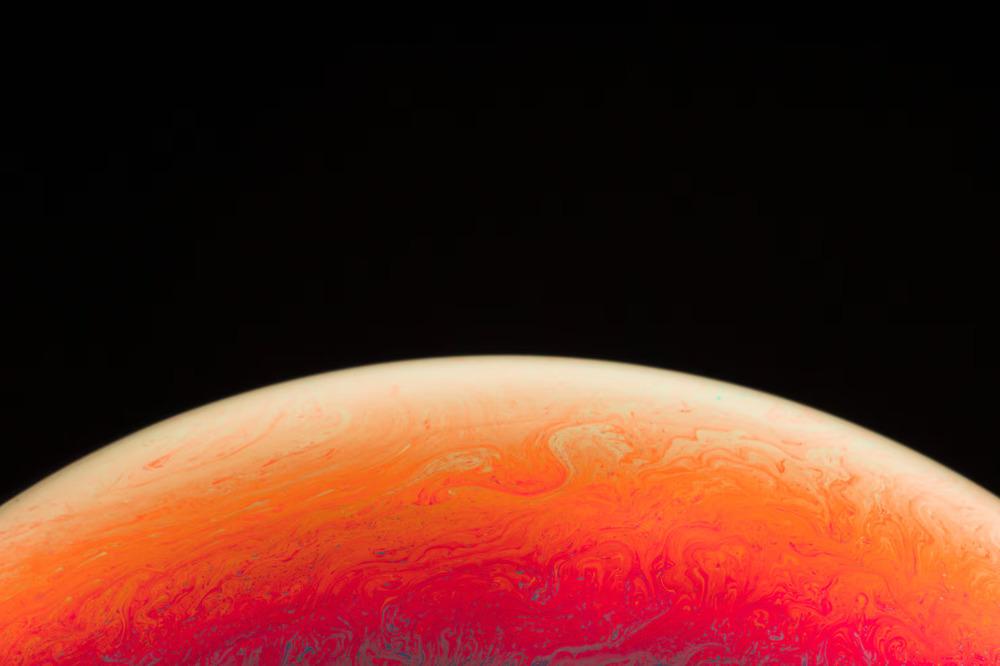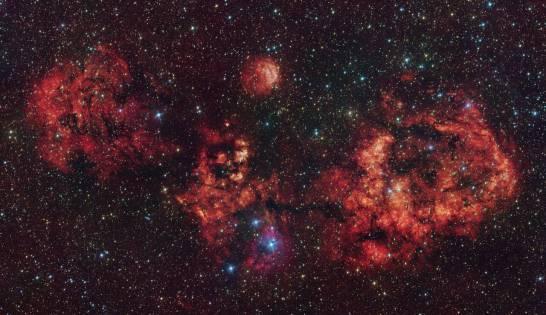The evidence found on Mars has fueled a scientific race between the powers that be to find Ba 0 in the solar system and a reluctance in the coming years.
In 2024, the Rover Rover found strange rocks on Mars.After a year of study, scientists announced that it is the most visible evidence found so far of ancient life on Earth.It should be confirmed, but not to try again in the world.
Although the United States Government decides how and when to take it - it will not be before 2040 - Rosalind Franklin and other envoys from China -3 are preparing to go to the Red Planet in 2028 and continue this scientific work.
"The scientists of the next generation help us to know that the Martians have life in life, but Jesus Marnez, Halo, Apeju, is not given as a value on Earth.
People have sent probes to look for life beyond Earth for many years because "it's important to know whether we alone are the ones most interesting to humanity."
The known forms of life on our planet are mainly composed of six elements: carbon, hydrogen, nitrogen, oxygen, sulfur and phosphorus, so these are what we are looking for outside the universe, "signs or signs that allow us to go further and discover their possible connection with life."
But to make this connection, it is necessary for the earth to have "life conditions" or "living conditions", the elements that support life, says the president of the Spanish Network of Planetology and Astrobiology.
Mars meets the requirements: for millions of years, such as water, water, light and natural conditions similar to those who lived.
For this reason, Nertea Vallis is a beautiful collection of rocks, at the mouth of Zizoro, the mouth of Machi Zizoro Rother, Machi Zinoio Rother, where the river flows and sinks until lunch in the lake.Collecting a carefully selected sample of this place, we collect a "puzzle newspaper" and tell us anything about the power of the planet.
After a year of multidisciplinary analyses, a team of scientists announced that they had found a possible biosignature, that is, "probable signs of the action of microorganisms captured in rocks in the form of traces of their activity", explains Martínez Frías, also co-author of the study published in Nature.
The samples contained small mineral nodules, along chemical reaction fronts, rich in iron sulfide and iron phosphate - on Earth they are associated with the decay of organic matter - which can be produced by authigenic processes (within old soil layers) and in some places on Earth they can be produced with the involvement of microorganisms.
But this variety of minerals can be created in chemical processes without involving living organisms, that is, in an "abiotic" way, he warns.
So why are they special?Because they contain mineral matter, a very strange texture and an organic carbon compound, "a combination of unique and unprecedented properties that are completely different from rocks collected by Curiosity, Opportunity or Spirit and different from Martian meteorites, all in the context of habitation on Mars from ancient times. They are without a doubt the clearest biological signature found so far", emphasize Martin.
To determine if it is real, the samples must be analyzed on Earth, but the mission of NASA and the European Space Agency that was supposed to bring them has been put on hold since the arrival of Donald Trump in the government of the United States.
The Rosaligned Franklin Rover (equipped with a two-meter drill) or China's Tianwen-3 probe, which will bring samples back to the ground in 2031, could set this before.
Mars is not the only candidate.There are other places where life could be, there are already plans to look for it, Jupiter (Europa) and Saturn (Enurnadus and Titan) and our planet Venus.
"The most interesting are the ice-cold Europa and E-Nezidos. Er Paas has common areas, liquid water, energy sources, and both can be combated by geology, life can be more," he said.
NASA will send the Clipper Mission, a monthly flyby, to study Europa's salty ocean.
In the 1930s, NASA's Dragonfly spacecraft arrived on Titan to study the atmosphere, which was rich in organic compounds and had "very unusual" conditions that made it possible to study prebiotic chemistry.
"Exploring these places is exciting," and "If life has appeared on a planet or a moon in our solar system, I'm sure it's likely that we'll be able to find it in this century."Today we will find the argument in this century.







